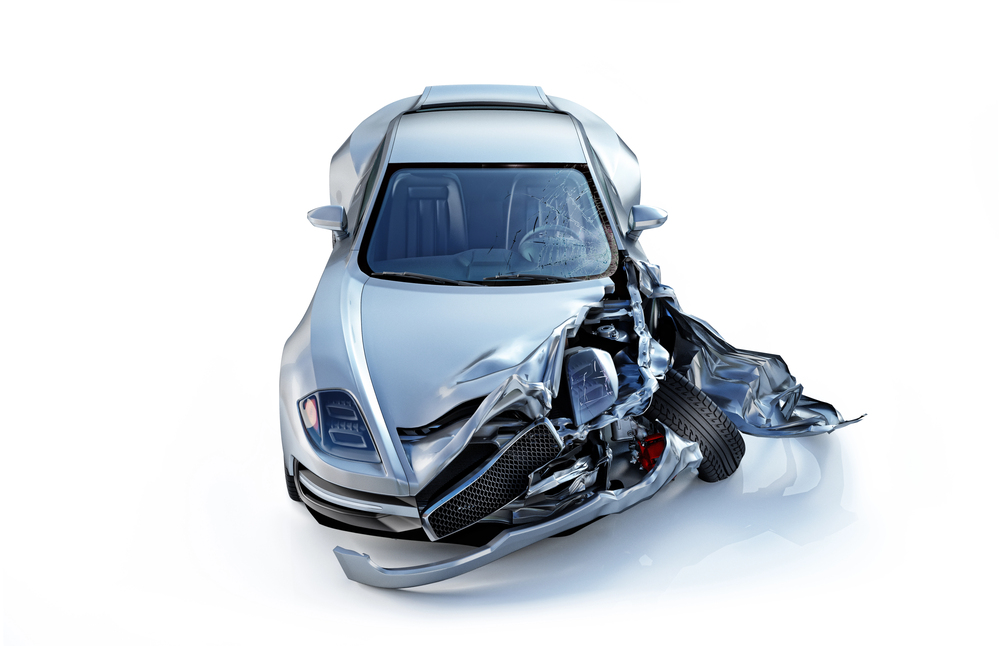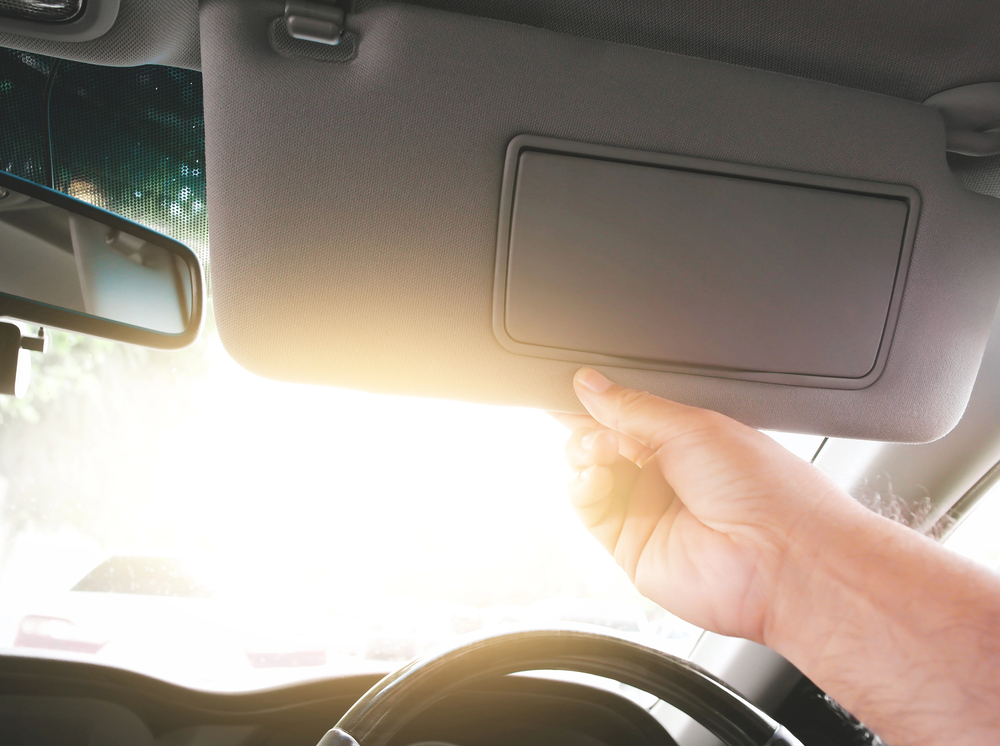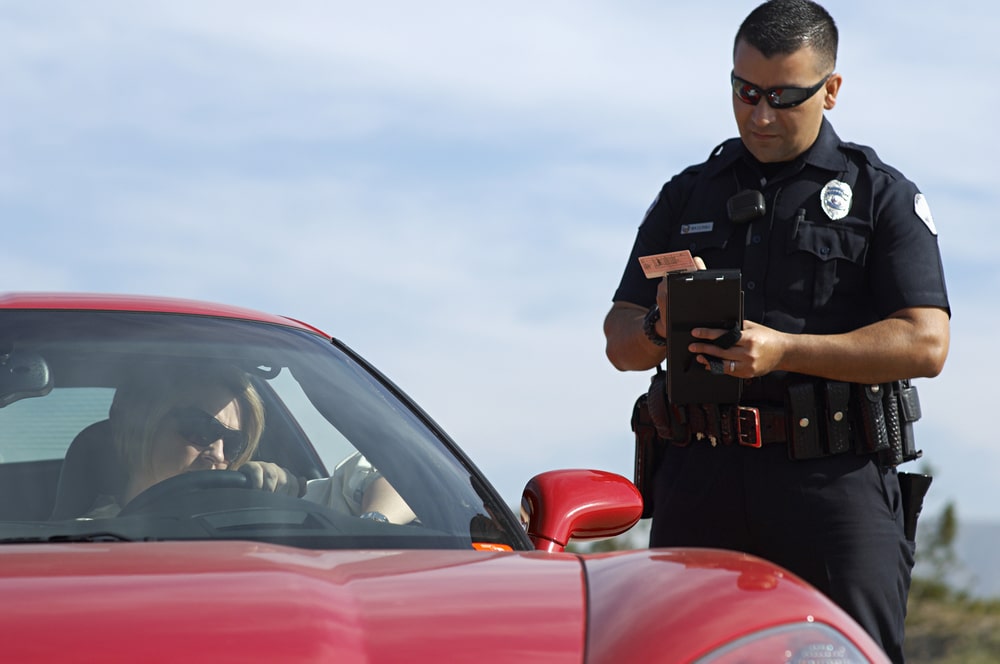How to Uncover a Vehicle's Past with a Comprehensive Vehicle History Check
Artak Sahakyan
Created by: Aug 01, 2025
|
Modified by: Nov 07, 2025

Buying a used car can be exciting, but it’s also a bit risky. A car can look perfect on the outside, yet have a history that tells a very different story. Maybe it was in a serious accident, maybe the mileage isn’t real, or maybe it spent years as a hard-used rental.
That’s why a vehicle history check is one of the smartest steps you can take. It lets you see the real past of the car before you hand over your money - and with platforms like CarValid.com, running this check is quick and simple.
What is a Vehicle History Check?
By conducting a vehicle history check using the Vehicle Identification Number (VIN), you can gather information from many different sources - government agencies, insurance companies, repair shops, and even police records.
Depending on the source, the report can tell you:
- If the car was ever in an accident and how severe it was,
- Whether the title is clean, salvage, rebuilt, or flood-damaged,
- Odometer readings over the years,
- How many owners it’s had and how it was used (private, rental, taxi or fleet),
- Any recalls that still need repair,
- If it was stolen or still has a loan on it.
Why It’s Worth Doing
If you buy without checking, you’re relying completely on what the seller tells you - and not everyone is fully transparent.
A proper history check can:
- Reveal past accident damage that may still affect safety,
- Catch mileage rollbacks that hide years of wear,
- Show whether the title has serious brands like salvage or flood,
- Confirm if there are any open recalls,
- Warn you about unpaid liens that could lead to repossession.
By using CarValid.com, you get a clear, organized report that helps you understand the vehicle’s history, current value and possible long-term reliability, without having to be a car expert.
How to Do It
First, find the VIN. You’ll usually see it on the dashboard near the windshield, on the driver’s side door frame, or in the registration papers and title document.
Next, simply enter the VIN into the VIN search field on the CarValid.com website.
When you have the report, read it carefully. Look for unusual mileage changes, too many owners in a short period, or a title marked as salvage, rebuilt, or flood. If the report lists an accident, ask for repair records. If there’s an open recall, make sure the fix has been done.
Understanding the Report
If it mentions accidents, remember that small parking scrapes aren’t a big deal, but frame damage or airbag deployment is serious. For mileage, the numbers should go up gradually; any sudden drop is suspicious.
Long-term ownership is usually a good sign, while many short-term owners in quick succession can be a warning. If service history is included, look for regular oil changes and maintenance - it’s a good sign the car was cared for. And when it comes to the title, “clean” is best; other statuses lower the value and increase risk. Recalls should always be completed before you take the car home.
Don’t Rely on the Report Alone
A history check is powerful, but it cannot replace an in-person inspection conducted by a professional automotive technician. Some accidents or repairs never make it into official databases. That’s why it’s smart to also:
- Have a trusted mechanic inspect the car before buying.
- Check that all VIN numbers match across the vehicle.
- Ask the seller direct questions about the car’s past.
When you’re buying a used car, don’t just think about how it drives today. Think about where it has been. A vehicle history check can protect you from costly mistakes, unsafe cars, and unpleasant surprises.
The cost is small - sometimes free - but the peace of mind is huge. Run the check early, before you get attached. If it shows serious problems, walk away and keep looking.
Always run the history check before paying a deposit or booking an inspection. It’s one of the simplest ways to save time, money, and stress.





